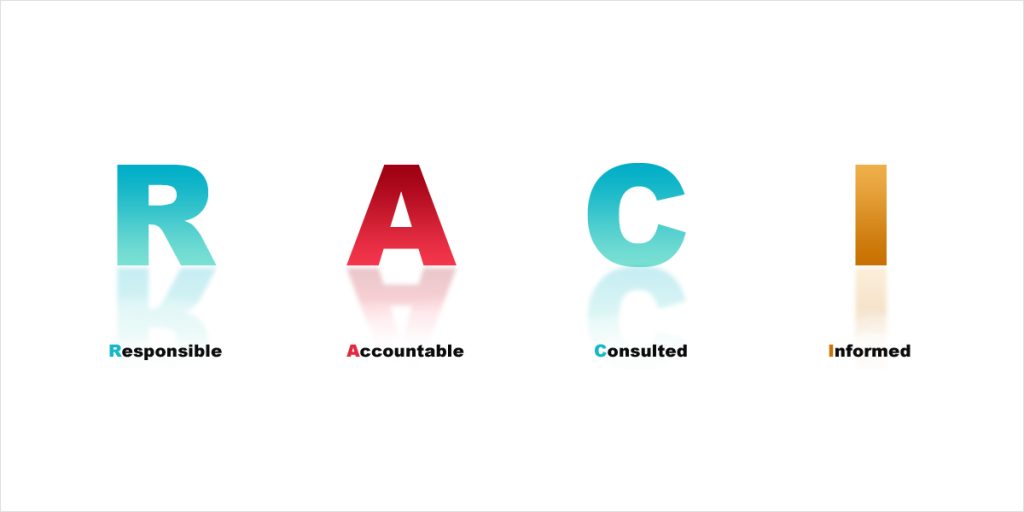Introduction
In the intricate landscape of ICT project management, effective coordination and accountability are paramount. One tool that plays a pivotal role in achieving these goals is the RACI . This article aims to delve into the intricacies of the RACI matrix, exploring its definition, components, implementation, and benefits in the context of ICT project management.
RACI Matrix in ICT Project Management
Definition and Purpose of RACI Matrix

The RACI matrix, also known as the Responsibility Assignment Matrix, is a project management tool used to define roles and responsibilities for tasks and deliverables within a project. Its primary purpose is to clarify who is responsible, accountable, consulted, and informed for each activity or decision in a project. By providing a structured framework for role allocation, the matrix fosters transparency, accountability, and effective communication within project teams.
Components of a RACI Matrix
A RACI matrix typically consists of a grid format with tasks listed on the left-hand side. And roles listed across the top. The roles include Responsible, Accountable, Consulted (those whose input is sought), and Informed (those kept informed of progress). Each task is then assigned one or more of these roles, delineating clear ownership and communication channels. This structured approach ensures that every task is assigned to a specific individual or group, preventing ambiguity and confusion.
Creating a RACI Matrix
Creating a RACI involves collaboration among project stakeholders to define tasks, roles, and responsibilities. It starts by identifying all the tasks required to complete the project and then assigning appropriate roles to each task. This process ensures clarity and alignment among team members regarding their responsibilities and expectations. By involving key stakeholders in the creation process, the matrix becomes a shared tool for understanding project dynamics. Also fostering collaboration.
Implementation of RACI in ICT Projects
Once created, the RACI matrix becomes a guiding framework for project execution. It facilitates effective communication, reduces role ambiguity, and enhances accountability throughout the project lifecycle. By clearly defining roles and responsibilities, the matrix streamlines decision-making processes, minimizes conflicts, and fosters a culture of collaboration and ownership. Project managers can leverage the matrix to monitor progress, identify bottlenecks, and allocate resources effectively, thereby increasing the likelihood of project success.
Benefits and Importance of RACI Matrix in ICT Project Management
The RACI matrix offers several benefits in ICT project management, including improved clarity, increased efficiency, enhanced accountability, and reduced project risks. By providing a clear delineation of roles and responsibilities, it empowers team members to execute tasks with confidence, leading to successful project outcomes. RACI matrix serves as a valuable communication tool. This ensures that everyone involved in the project is aware of their responsibilities and dependencies. This transparency fosters trust and collaboration among team members, ultimately driving project success.
Conclusion
In conclusion, the matrix emerges as a potent tool for navigating the complexities of ICT project management. Its ability to clarify roles, streamline communication, and enhance accountability makes it indispensable for project success. By leveraging the matrix effectively, ICT project managers can drive efficiency, collaboration, and ultimately, the achievement of project objectives. As organizations continue to embrace digital transformation and undertake increasingly complex projects, the matrix will remain a cornerstone of effective project management practices.
